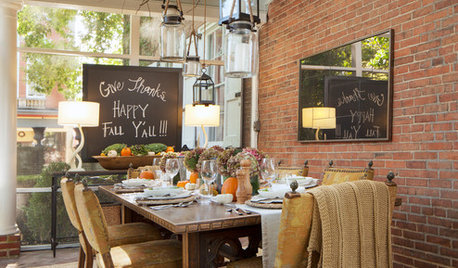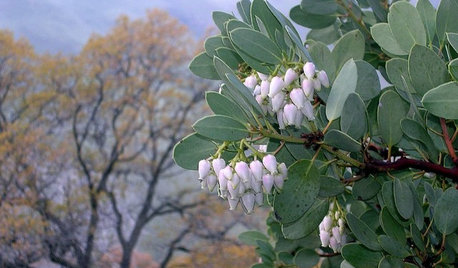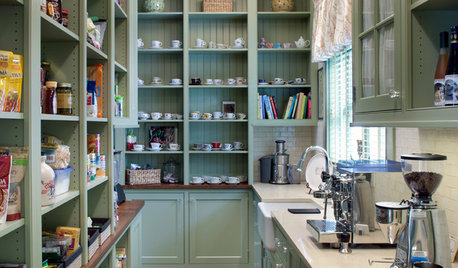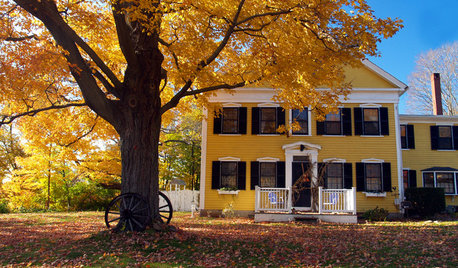I have been making a monthly calendar of the orchard tasks I need to do so I don't forget. Maybe you will find it interesting to see how I do things. It surely is missing several important things but it has a lot of them. Questions and comments appreciated.
Scott
Dormant Season
Maintenance actions
Stake any leaning trees
Check tree tags and re-tag any trees missing their tags.
Tighten up trellis wires
Moving
Move plants earlier rather than later to give them a chance to establish.
Dormant Pruning
Do this as late as possible on the grapes to prevent winter injury, and somewhat late on the kiwis and stone fruit.
All Trees: Prune back crossing branches on trees. Form either a gobelet or a spindle shape on all trees. Aim for 1' or more between every vertical on the gobelet.
Black Currants: remove 1/3 of bush once its 2+ years old.
Red Currants: I need to look into this more, the British way is to prune them way back like grapes but the US growers don't seem to do that.
Gooseberries: cut leaders by half and thin.
Blueberries: after 4-5 years prune out oldest canes from base.
Kiwi: Prune similarly with grapes.
Grapes: don't do any pruning until March due to the dessication issue.
March Early
All Trees: Do dormant sprays now, they are most effective closer to when bugs start waking up. L/S and dormant oil on everything besides small fruits and 'cots; copper on 'cots. Make sure to L/S pears for pear blister mite. Until CB under control do copper on all stonef.
Pruning: Now is the time to do the grape and stonef pruning. See notes -- aim for ~5 nodes per linear foot on the grapes.
Fall bearing Raspb: Cut to ground
June bearing rasp and blackb: Thin canes and remove any dead canes
Everything: start up the mulching process on all beds.
March Late
Figs: unwrap when temps are going to stay above 25F.
Kiwis: trellis up again if I had any laid on the ground.
Trailing blackberry: tie back up canes that were on the ground
Stone fruit: in cold snaps use row cover on them to protect blooms
Strawberries: Thin beds to one plant every 6" or so.
Major fertilization starting NOW -- see above. Up to mid-April is fine, in fact that may be a better time. Put under mulch if the mulch is there.
April
Start vigilance for coryneum blight, aphids, beetles, caterpillars, fireblight, psylla, blister mites, deer, rabbits!!
Its grafting season!! Early April for apples and mid-april for stone fruits seems to be the optimum. Wait for warmer weather for peaches (hi 75-80 lo 50), they don't like it too cold.
Early April, All Trees: sulphur+nuFilm17+seaweed or copper at pink to fight brown rot and other diseases. In general, sulphur any time from pink to petal drop and sepal drop is a good idea. Nufilm17 will mean a spray a bit early will still be effective.
All Trees: Sulphur+Nu-film17+seaweed or copper at petal drop and sepal drop to fight brown rot and other diseases.
Mid-April Pawpaws: hand pollinate the flowers with a brush. Another idea is put a handful of cottonseed meal under trees to attract carrion flies.
Peach: major alert for shothole; try to spray between every rain, best right after.
All Trees: Inspect all trees for borers from 1" above to 2" below ground; surround globbed there is one defense
All Trees: Petal fall: start surround spray regimen NOW and maintain until harvest.
Grapes: Start weekly spray, first one at 1" green. See above for the sprays to use; rotate through the different sprays. Other disease-prone fruits to hit occasionally with leftover spray: cherry, currant/goose, apple seedlings
May
All Trees: Thin fruit to one per cluster or one every 6". Thin asian pears very heavily. Bagging happens now.
Vinafera Grapes: Crank up the spraying in mid-May -- thats when the diseases really take off. Hit hard, hit as often as needed. Also need thinning -- when? Some need more thinning than others.
Strawberries: mid-late May put out netting on Earliglow. Also add pepper spray. Consider getting some red rocks as decoys.
June
Figs: pinch off shoots to slow down growth and force plant into making figs
Blueberries: need netting mid-June for bird protection.
All trees: Prune new growth back by half.
late June: begin Japanese beetle vigilance, picking them off daily. Surround spray on bad outbreaks.
Red currants: Possibly prune red currants now, according to Growing Fruit: 5-6 leaves on each lateral (assumes I pruned each lateral to one bud only in the dormant season).
July
Raspberries: After bearing, cut back the 2-yr canes to the ground and thin the 1-year ones to the biggest canes only (one every 4-6 inches).
Strawberries: thin out runners.
Grapes: don't forget to do an occasional spray in this period, something like monthly, or the diseases will get going again.
August
Blackberry: remove producing canes (floricanes) after harvest. Thin primocanes to 10" apart.
Cherry: cherries need a disease spray or two this month, usually for powdery mildew.
Grapes: bag clusters as they start to sweeten with paper bags to deter birds and wasps
All Trees: Summer prune new growth on all trees back by 1/2
Bud grafting time if any to do
September
October
Overwintering Protection Plan (late Oct or early Nov)
Figs: after leaf drop, prune back heavily and protect with reflecting bubble insulation cover.
Feijoa: Same treatment as figs.
Fuzzy kiwi: Mature plants need nothing. Lay down younger ones on ground and cover.
Marionberry: Untie the canes and cover with reflecting insulation
Persimmons: spray with wilt-pruf to prevent desiccation
November
All Trees: Rake up all fruit tree leaves to prevent re-infection















bart1
orto
Related Professionals
Reading Landscape Architects & Landscape Designers · Maple Valley Landscape Architects & Landscape Designers · Deer Park Landscape Architects & Landscape Designers · Bethlehem Landscape Contractors · Hartford Landscape Contractors · Stoughton Landscape Contractors · Belmont Landscape Contractors · Cicero Landscape Contractors · Framingham Landscape Contractors · Lakewood Landscape Contractors · Lantana Landscape Contractors · Mason Landscape Contractors · Paramount Landscape Contractors · University City Landscape Contractors · West Covina Landscape ContractorsScott F SmithOriginal Author
geraldo
Scott F SmithOriginal Author
geraldo
dethride
Scott F SmithOriginal Author
orto
Scott F SmithOriginal Author
dethride
thistle5
bart1
Scott F SmithOriginal Author
franktank232
joebok